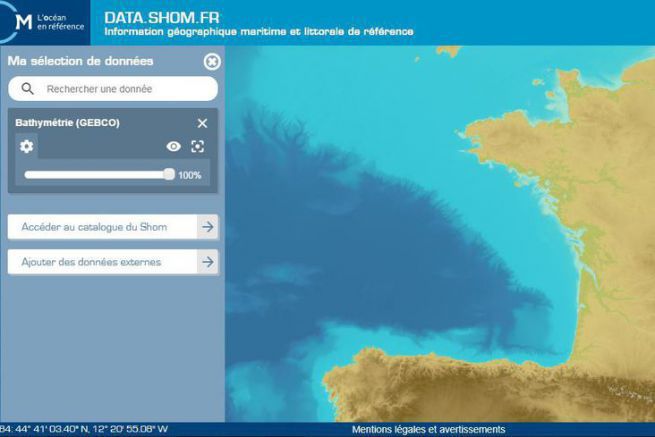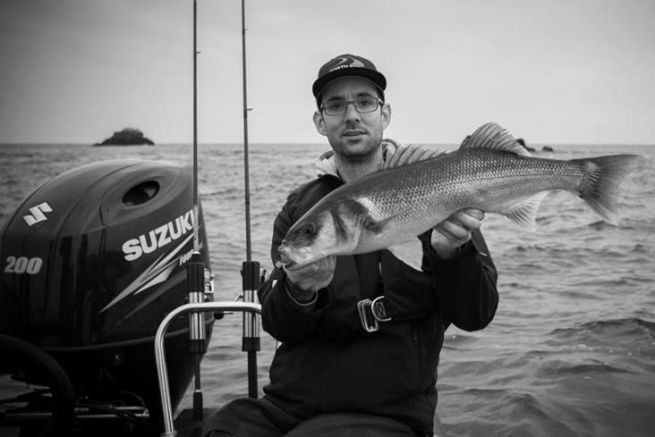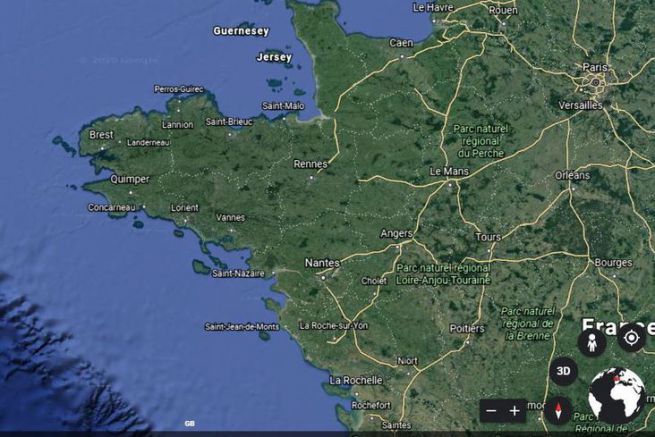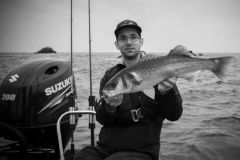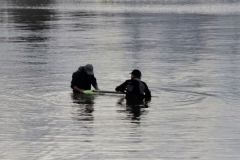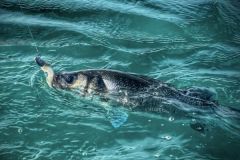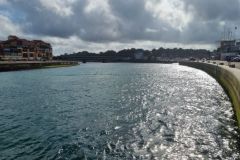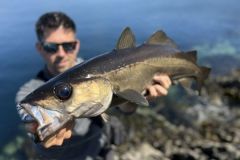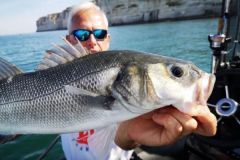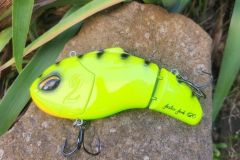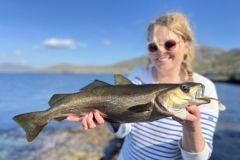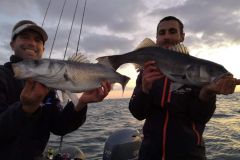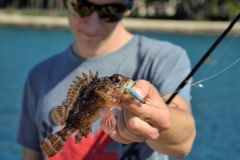Genetics
A big sea bass, i.e. a fish over 70 cm long, doesn't become so by chance! If it has reached this size, it is because it has the genetic make-up to do so. Of course, morphological genes come to mind, but above all, these big fish are simply more wary and clever than others. They know how to avoid the traps set by predators and fishermen, and how to recognize the safest feeding situations.
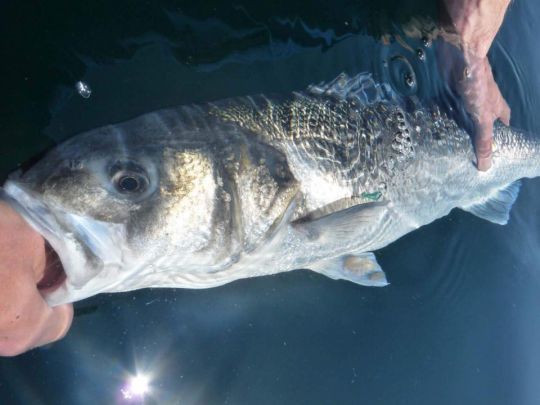
Off the beaten track
Big fish are all the more wary as they will desert the most frequented spots. But while it's possible to catch them in fished and fished-out areas, you'll have to get off the beaten track to find them regularly.
Big-fish spots, even if they meet all the criteria, won't have to be obvious and easy to access for bass to find reassuring peace and quiet. So, either you need to fish these spots at different times from the average angler, or you need to look for unexploited areas.
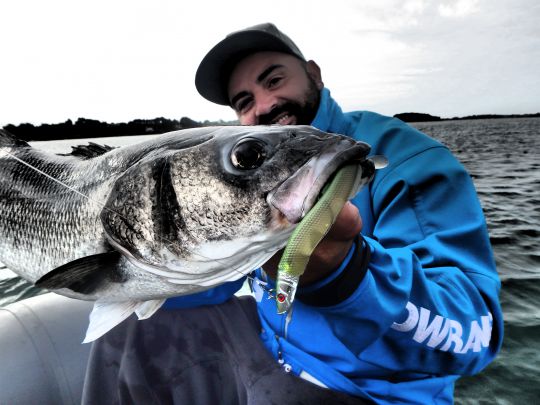
The good times of the day
Large sea bass will have relatively short periods of activity, as they will wait for the best conditions to be able to hunt. Indeed, much more lazy and clever than small fish, they will concentrate their feeding activity at the best times:
- Light conditions that facilitate hunting (dawn, dusk, night).
- The right moment for each spot: with experience and a better knowledge of the environment than their younger siblings, they know where to position themselves and at the best times in an area to gather the maximum amount of food as easily as possible.
- The safest time of the tide: in the middle of the day, with human activity close to the water, there's very little chance of finding big fish in little water. But in the same area with a higher water level, or with a calmer ambient environment, it's quite conceivable. The end of the day and the end of the night are accompanied by the return of the big bass to the edges, in search of crabs and shrimps in particular.
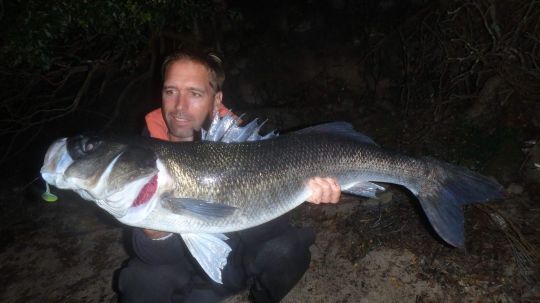
The best places
In the same way as for daylight hours, big bass know perfectly well the water veins, rock heads, plateaus or other edges offering easy access to food and offering comfort and security. So on a given spot, big fish will be placed in the best spot, where food abounds and where they can easily lie in wait to hunt effortlessly. Among all the veins of water, there is one that brings more food. On a rock, there's a strategic place. Some rocks are home to more big fish because they're better oriented to the current, and bass know this perfectly well. That's where you'll have to look for them.
As a general rule, if your lure passes over a spot as it should, i.e. well presented and in the right place, the first fish caught are often the biggest, as they are better positioned.
Similarly, when hunting, large fish often stay on the periphery to pick up moribund prey, which is much easier to catch...
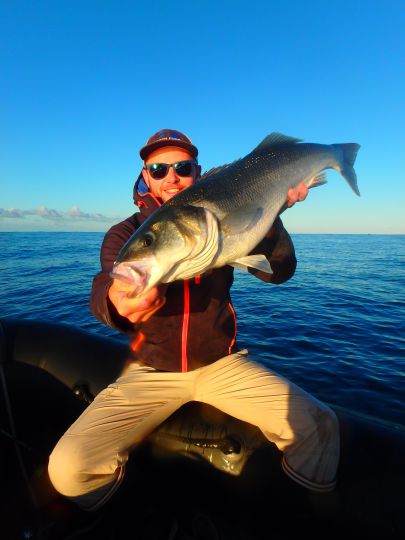
The right conditions
- High tidal coefficients (above 80) are of particular interest to big fish, as currents and water movements are stronger and food is therefore more plentiful and easier to catch. Big fish know this and concentrate their activity at these times.
- In the same vein, sea bass will take advantage of favorable weather conditions to hunt and feed. Wind and overcast conditions, which reduce light levels, accentuate their activity. Swell, by oxygenating the environment and stirring up the food, will have the same effect.
- The best times of the year are in early spring, when sea bass return from spawning and need to regain their energy, and in autumn and early winter, when it's calmer on and around the water and they need to build up their fat for the winter.
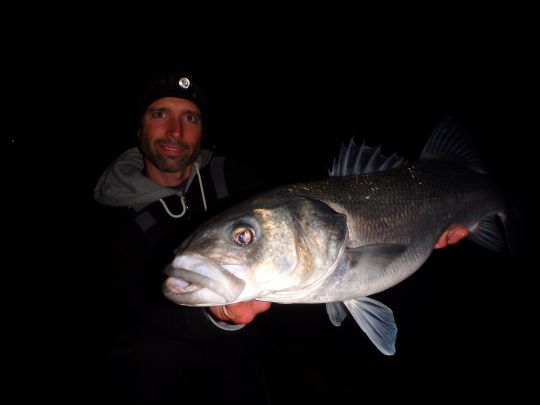
The right presentation
As big bass are generally lazy, they know how to feed cheaply and stay close to the bottom. Therefore, to track them specifically, slow fishing close to the bottom is particularly recommended.
In the same spirit, even if it's not true all season long, the use of larger than usual lures will be more seductive to big bass. A big prey for a low energy cost, here's a ratio that will make them decide to attack.
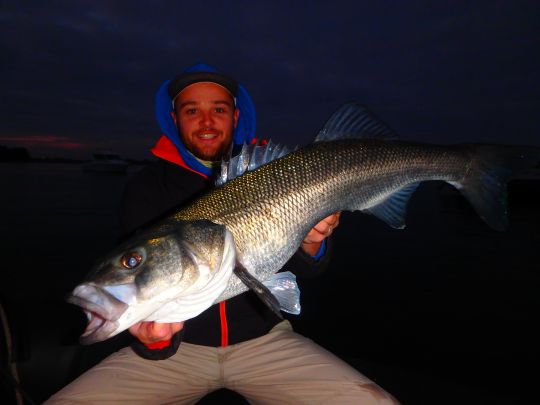
If you're particularly interested in big fish, remember that it's a quest that requires patience and perseverance. You won't always be successful, but what a pleasure to see a fish over 70 cm pose with you for a souvenir photo! And don't forget to check your knots and tackle so you don't lose them through carelessness...




